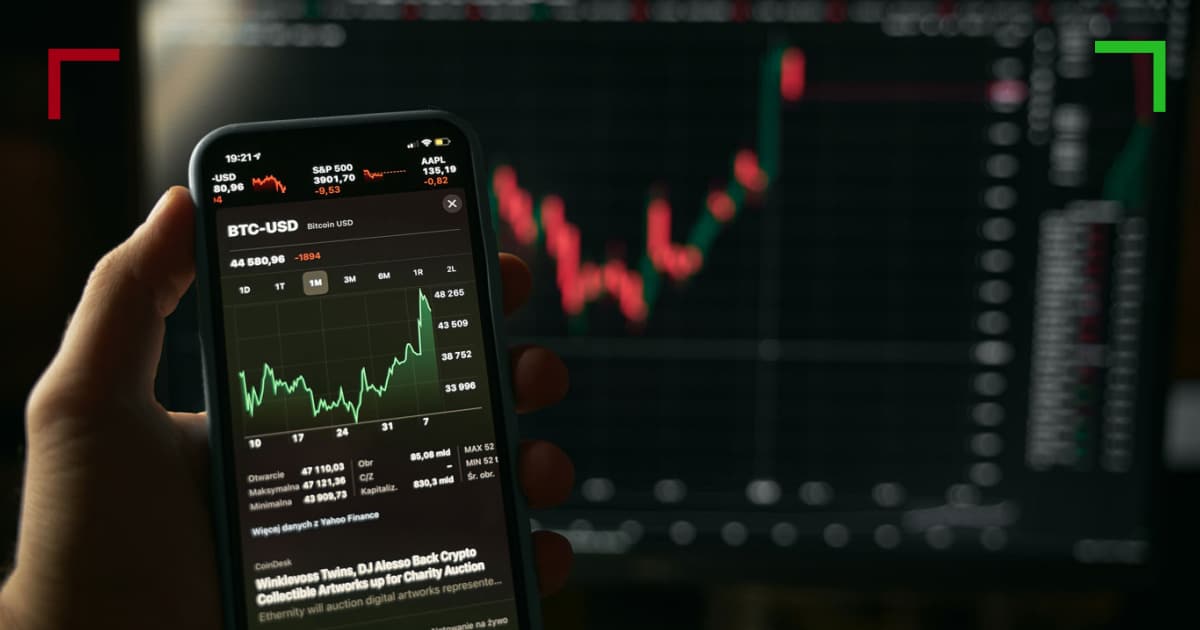
Mastering Crypto Trading: An In-Depth Look at Crypto Trading Technical Tools
In the ever-evolving world of cryptocurrency, having a strong understanding of Crypto Trading Technical Tools click here technical trading tools is vital for traders who wish to navigate the complexities of digital assets. The right tools can provide critical insights into market trends, enabling traders to make informed decisions and maximize their profitability. This article will delve into various crypto trading technical tools that can significantly enhance your trading strategies.
Understanding Technical Analysis
Technical analysis involves studying price movements and trading volumes to forecast future price behavior. Unlike fundamental analysis, which focuses on a currency’s intrinsic value based on economic, financial, and other qualitative and quantitative factors, technical analysis relies solely on price charts and indicators. By understanding market trends, traders can identify potential entry and exit points, manage risk effectively, and capitalize on price movements.
Essential Crypto Trading Technical Tools
1. Price Charts
Price charts form the backbone of technical analysis. They visually represent historical prices and provide traders with a historical context for the current market conditions. The most common types of charts include line charts, bar charts, and candlestick charts, with candlestick charts being the most favored among crypto traders due to their ability to convey more information, such as open, high, low, and close prices over designated time frames.
2. Technical Indicators
Technical indicators are calculations based on price and volume data that help traders recognize market trends, momentum, volatility, and market strength or weakness. Some widely used indicators include:
- Moving Averages (MA): These indicators smooth out price data to form a trend-following indicator. The Simple Moving Average (SMA) and the Exponential Moving Average (EMA) are often utilized.
- Relative Strength Index (RSI): This momentum oscillator ranges from 0 to 100 and is used to identify overbought or oversold conditions in a market.
- Bollinger Bands: These are volatility bands placed above and below a moving average line. The distance between the bands varies based on market volatility.
- MACD (Moving Average Convergence Divergence): This trend-following momentum indicator shows the relationship between two moving averages of a security’s price.
3. Trading Volume
Volume is another crucial metric in crypto trading. It indicates the number of coins that have been traded during a given period. High trading volume can signal a strong market move, while low volume may suggest a lack of interest in a cryptocurrency. Combining volume data with price movements can provide insights into the strength or weakness of a price trend.

4. Support and Resistance Levels
Support and resistance levels are critical in the technical analysis toolkit. Support is the price level at which a downtrend can be expected to pause due to a concentration of demand, while resistance is the price level at which an uptrend can be expected to pause due to a concentration of selling interest. Identifying these levels helps traders make strategic decisions about entry and exit points.
5. Trend Lines
Trend lines are straight lines drawn on charts that indicate the prevailing direction of price movement. They can be ascending, descending, or horizontal, and they help traders identify potential reversals in market sentiment. A breakout above a descending trend line may indicate a shift towards bullish sentiment, while a breakout below an ascending trend line might suggest a bearish trend.
6. Chart Patterns
Chart patterns are formations created by the price movements of cryptocurrencies on charts. They can signify various potential market outcomes. Some common patterns include:
- Head and Shoulders: This pattern signals a trend reversal and can occur in both bullish and bearish markets.
- Double Tops and Bottoms: These patterns indicate potential reversals in price direction, with double tops signaling a bearish market and double bottoms indicating bullish sentiment.
- Triangles: Ascending, descending, and symmetrical triangles often indicate continuation patterns and can be crucial for predicting breakouts.
Risk Management Tools
No trading strategy is complete without effective risk management. Utilizing risk management tools is essential for protecting your capital. Some popular risk management strategies include:
- Stop-Loss Orders: A stop-loss order automatically exits a trade when the price hits a certain level, limiting potential losses.
- Take-Profit Orders: This order secures profit by automatically closing a position when a specified price level is reached.
- Position Sizing: This involves determining the amount of capital to risk on a single trade based on your overall trading strategy and risk appetite.
Final Thoughts
The world of crypto trading can be complex, but utilizing the right technical tools can simplify your approach and enhance your trading strategy. Understanding price charts, indicators, and market behaviors will provide you with a solid foundation for making informed decisions. Moreover, incorporating risk management techniques is crucial in protecting your investments while navigating the volatile cryptocurrency markets. With diligent study, practice, and the right tools at your disposal, you can increase your chances of success in crypto trading.